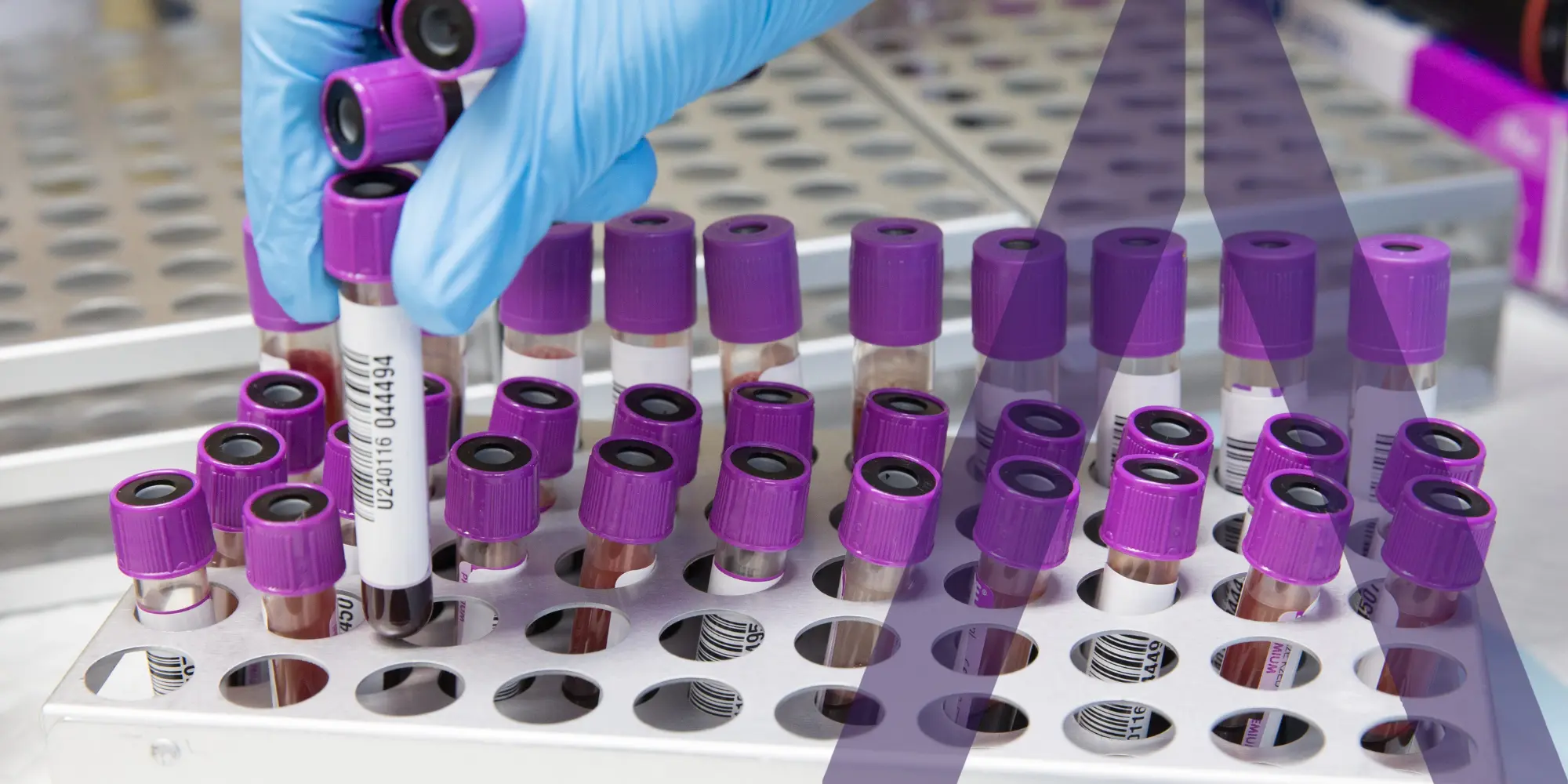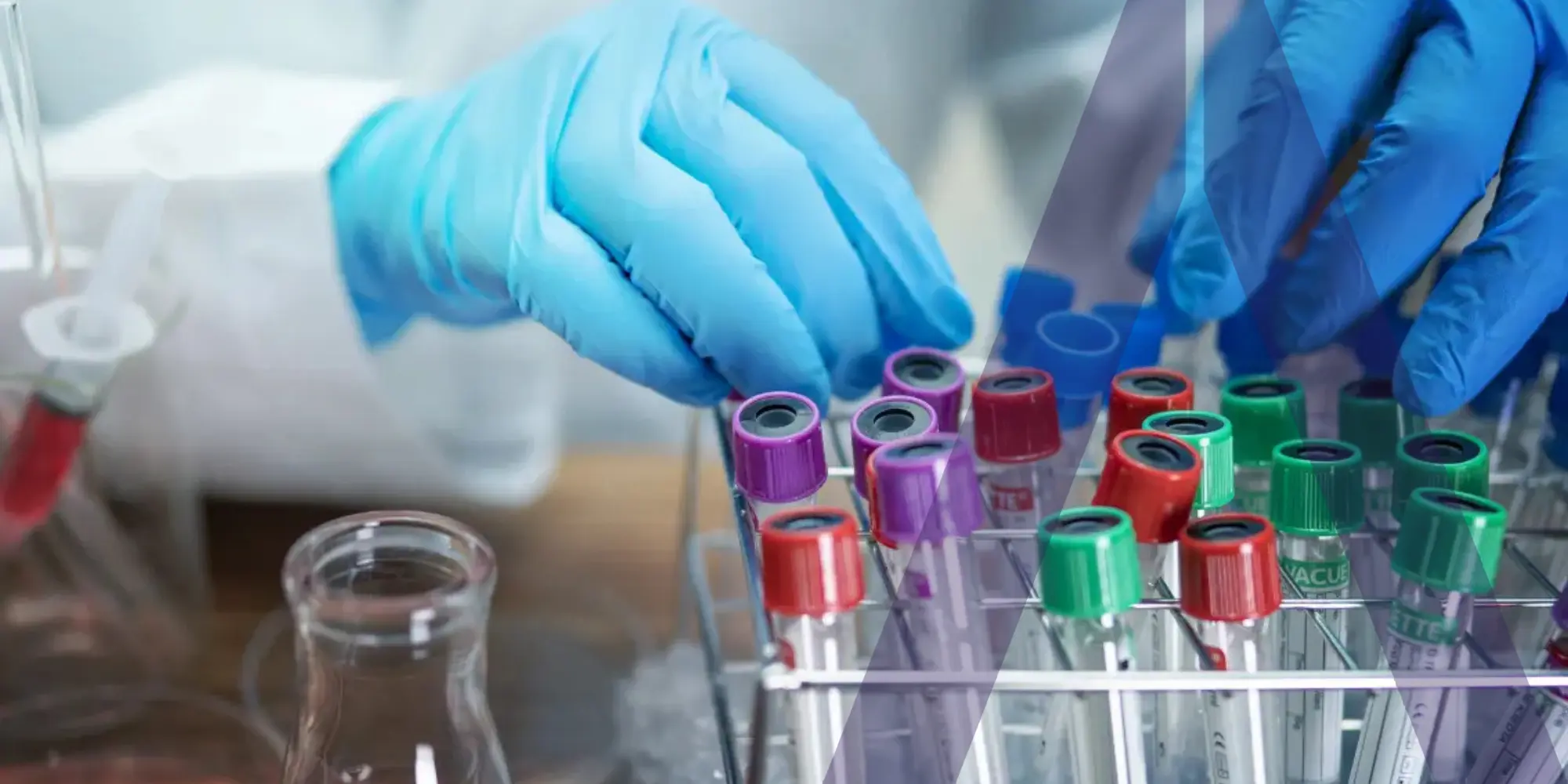Resources
VIEW BY TOPIC
Allergy
Autoimmune
Biostatistics
Cell and Gene Therapy
Chemistry, Manufacturing, and Controls (CMC)
Clinical Pharmacology
Clinical Trial Operations
Data Management
Dose Optimization
GxP Compliance
Hematology
Immunology and Inflammation
Infectious Disease and Vaccine
Inspection Readiness
Medical Writing
Modeling and Simulation
Neuroscience
Nonclinical/Preclinical
Oncology
Patient Recruitment and Retention
Pediatric
Pharmacokinetics / Pharmacodynamics
Pharmacovigilance and Drug Safety
Project Management
Protocol Development and Study Design
Publishing and Submissions
Rare Disease and Orphan Drugs
Regulatory Affairs
Study Startup and Site Intelligence

Blog
Understanding How Pharmacokinetic Data and CDISC Standards Work Together
View More

Blog
Leveraging AI in Pharmacovigilance: Challenges for Small & Mid-Size Biopharma
View More

Blog
NDA to MAA: Essential Steps, Requirements, and Timelines for EU Marketing Authorisation Applications
View More

Blog
FDA Project Optimus in Practice: How Dose Optimization Is Changing Oncology Trials
View More

Blog
The Future Is Now: How Clinical Trial Sites Can Lead in the Era of ICH E6 (R3)
View More

Blog
The Strategic Role of the CRO Principal Investigator: Improving Biotech Sponsors Through Protocol Design and Study Execution
View More

Blog
Running Large-Scale Infectious Disease and Vaccine Trials: Best Practices for Managing Complexity and Ensuring Success
View More

Blog
Development Landscape of Therapeutics for Rare Seizure Disorders
View More

Blog
The High Cost of Standing Still: What Sponsors Risk by Ignoring ICH E6 (R3)
View More

Blog
Liquid Biopsy in Solid Tumors: Clinical Trial Design and Regulatory Guidance
View More

Blog
Embracing Imperfection: The New Era of Clinical Trial Leadership
View More

Blog
Immunotherapy for Cancer: The Evolving Role of CAR T-Cell Therapy
View More